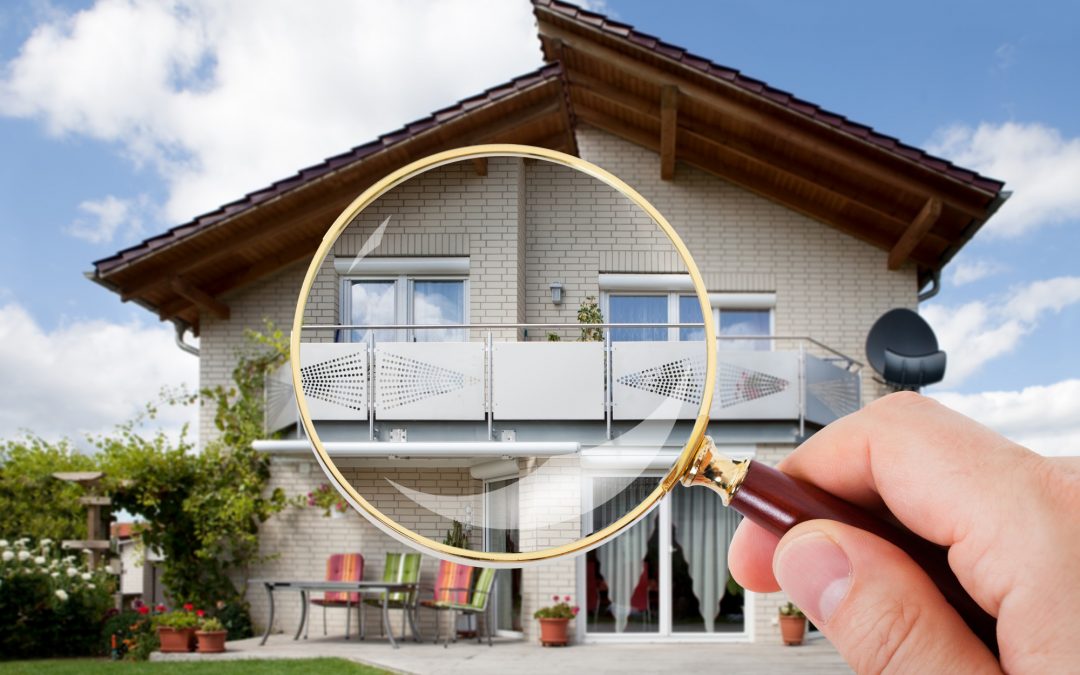Finally — you’ve found the home of your dreams!
And because the process wasn’t exactly quick or easy, you can’t sign your contract soon enough. Before you know it, you’ve skipped the home inspection (another few hours? not happening), you’re moved in, and it’s been a couple of months.
Next thing you know, you’ve got a leak that’s ruining your ceiling. Your chimney’s obstructed and your room is covered in soot. Your roof is dropping shingles like raindrops.
Oops. If only you’d gone through the home inspection process, you might’ve discovered these issues before making it official. Skipping this stage is one common regret amongst home buyers.
Trust us — you need an inspection. If not to negotiate a better real estate deal, then for your peace of mind!
Stick with us while we show you what an inspection looks like here so you’ll understand how crucial it is in the home buying process.
Home Inspection 101
What’s the point of a home inspection?
A certified inspector will run through your home with a checklist which they’ll use to gauge the quality of various areas. Their job is to find problems that you may not see or know about. They give a general inspection of the overall quality of the home.
Take note that this process is a great way to catch some glaring problems — but it’s not 100% foolproof.
An inspector will check your plumbing and electrical work, but they won’t be digging up the ground to inspect your septic. An inspection isn’t to say nothing won’t go wrong that hasn’t yet, but it is diligent enough to prevent a lot of future regrets.
In general, according to the International Association of Certified Home Inspectors (or InterNACHI), the following will get reviewed for defects:
- The roof
- The exterior (porches, walkways, doors, trim, and more)
- The basement, foundation, crawlspace, and structure
- The HVAC system
- The plumbing and electrical
- The fireplace
- The attic, insulation, and ventilation
- The doors, windows, and interior
Within each of these categories are multiple questions. Are the state of things safe? Accessible? Present?
The inspector will mark down why or why not in their written report. This report is available for you, the new home buyer, and the home seller to use in your negotiations.
How Long Is the Home Inspection Process?
A good general rule of thumb is to set aside a few hours for the process. It can take as little as 1-2 but may take 3-4 or more. This depends on a few things:
- How large is the house?
- How many defects does the home inspector come across?
- Was the house prepared for inspection?
- How detailed and thorough is your inspector?
It’s likely that the home is prepped for inspection because the seller made it nice for showings. The more the home seller or buyer does to prep for the inspection, the quicker it may be.
Of course, you’re more than welcome to accompany the inspector throughout the process. This allows you to ask questions and learn even more about your (potential) future home. This may add time to the process, though, as the inspector will have to accommodate for your questions.
Here are some examples of essential questions to ask:
- How severe are these problems (if any)? What is the recommended solution?
- Do you have any resources I can call to fix this problem?
- Which problem should I make a priority to fix?
You can also ask for details about the plumbing and electrical, how things work, what problem areas are, and so on. It’s helpful to prepare a list of questions ahead of time to cover all your bases on the day of.
What Happens After the Inspection?
Now, the home inspection process isn’t over when the inspector leaves. This is the time to start negotiating before you finalize the deal on your home.
What happens after the inspection depends on how it went. How many defects did the inspector find, and were they minor? Major? Cosmetic? Material?
Remember, you’re getting the inspection done to inform you of potential problems — so don’t expect a note-free report. It’s likely that there will be various things wrong, whether big or small. Here’s where the negotiating comes in.
You may try to have the seller pay for the fixes or upgrades before you close. Or, they may insist you do it — to which you can negotiate for a lower price on the home. In effect, it’s like you’re receiving a credit for doing the repairs yourself.
Of course, make sure you familiarize yourself with said repairs before agreeing to take on the problems. Understand the costs involved so you don’t wind up paying for somebody else’s problems — that are now your own.
For major problems, like structural or safety issues, many lenders require you to have proof of a fix before they’ll supply the money.
But when it comes to cosmetic issues, or normal wear and tear, you’ll be on your own for those.
Honey, You’re Home!
Once the home inspection process is over, you can rest easy knowing you’ve done all you can.
This worthwhile inspection will allow you to fix problems you weren’t able to see, negotiate with the seller, and more. It’s a step that shouldn’t get skipped in favor of saving a couple of hours or dollars.
Bottom line? Don’t move in without one. This is one of the biggest investments of your life!
If you’ve found your dream home in the Northeast Ohio area, it’s time to schedule an inspection. Contact us today to speak with an ASHI-certified inspector!

